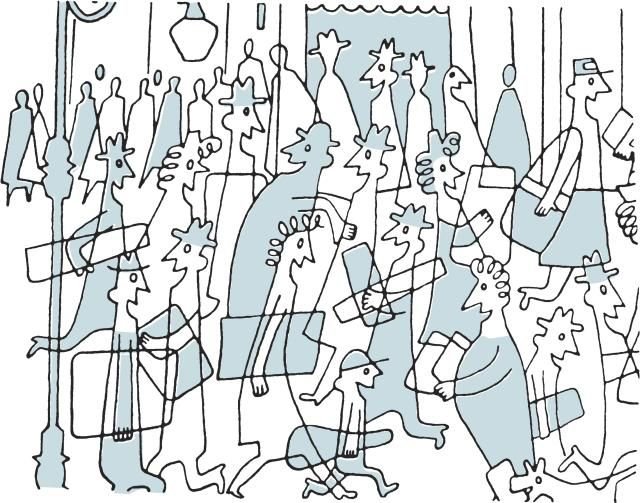Characterization of social psychological schools. Contemporary state of social psychology. /part 4/
In the mid-1930s, Ortega-i-Gasset appeared with "The Rebellion of the Masses." He made a small correction to Leobon that the age of the crowds had come to an end and believed that there was a cycle in that process, and that the masses were an instrument in the hands of the leaders for the creation of a new civilization.Another big author is S. Freud.In the late 19th century we have the following big representatives: Stanley Milgram, Serge Moskovici - born in the late 1930s in Besarabia - "Making Gods Machine ". Moskovitzchi develops the theory of mass perception. The third representative is Smelzer. Second School is - Behaviorism - Occurs in 1912.
John Watson - the main formula is the impact of the stimulus on reactions through the psyche. They try to assemble phenomena into certain constructs. They talk about frustration - an obstacle that does not allow us to achieve the goal we seek. There are two groups - chartibaeviers and reformists. The third school is - Freudism - It - Ego - Superego, a fight of the instincts. The self releases from the subconscious upward such psychic impulses that are dressed in a public form. Freud is not alone in Freudism. He is the first generation. The second is Adler and Jung (he speaks of both types of introvert and extraverse personality types). The third generation is H. Sullivan (psychological defense from which moves to mobilization and self-mobilization); Erich Form (human destruction, escape from freedom, etc.); Horny (anxiety, anxiety measurement methodology); Eric Erisson; Marcus.
The Fourth School is - Group Dynamics or Theory of the Field - Founder is Kurt Levin. It deals with the essence, development, disintegration, and so on. of the small group. He is the author of the categorization of the three leadership styles. The fifth school is - the sociometry. The sixth school is - of symbolic interacţionism. The seventh school is - culture and personality - founders are Margaret Mead and Ruth Benedict. According to them, national culture is a system that unifies people within its reach, and therefore culture is a matrix for the formation of personality types, therefore, it is possible to speak of a personal profile of culture, and finally the pressure of culture on the everyday behavior of man is called a national character. Eighth School - Cognitivism - is the largest school in social psychology today. Founders are: Haider - theory of cognitive balance; Festinger - theory of cognitive dissonance; Arson - "The Man - a Social Beast".
The latest theories and methodologies in the field of discussion to date, some of which, of course, originate from the older / classical / theoretical directions and schools, and others arise as a result of the development of social psychology and / or social contracts. The birthplace of the latest theories is different, some appear in Europe, others in North America. These novelties are as follows: - New cognitive concepts. Theories of Social Knowledge - New developments here address the problem of simultaneous unified information on social situations, groups and people in them. This integral information represents a different flow that goes into every member of the society. It is strictly individual and provides the opportunity to build stereotypes and standards. In the field of social knowledge, scientific interests have recently emerged in the role of "social cognitions" in interpersonal communication and interpersonal relations, in the functioning of social groups, in social presentation, etc.

To listen to the audio version of this article click on the play image.

Brought to you by @tts. If you find it useful please consider upvoting this reply.